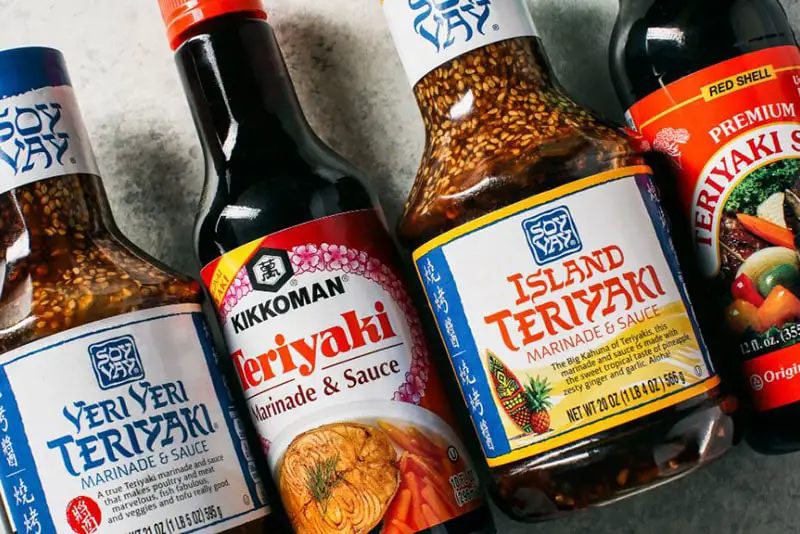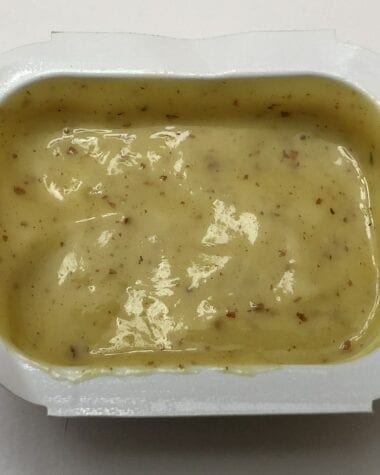It is now slowly becoming common knowledge that expiration dates on the labels of our favorite food products don’t necessarily indicate that it is when they’d go ‘officially’ bad.
What are they really for if they are not telling when a product is safe for consumption or not? What do they really mean? How do manufacturers determine them?
Read on as we give clarity to the various dates you usually find in your food products. Here is everything you need to know about food product dating.
What is Food Product Dating?
By definition, food product dating refers to the dates you see on food packaging. Although the location of the date and the duration of time a food is labeled may drastically vary, the indicated date’s purpose generally remains the same for all products that have it. That is to inform the consumer or food preparer about when the food will be at its best quality.
There are two types of product dating that you may see on product labels. First is ‘Open Dating,’ and the other is ‘Closed Dating.’ Let us briefly discuss each.
Open Dating
This product dating type is a calendar date applied to a food product by retailers or manufacturers themselves. It is the usual product dating you see on the food products you purchase.
The indicated calendar date provides consumers with the necessary information on the estimated period of time for which the product will be of the best quality. Furthermore, this also helps the store owners or food preparers determine how long they could ethically display the product for sale.
Open Dating is found on perishable foods, such as poultry, meat, eggs, and various dairy products.
Closed Dating
Closed or coded dates are packaging numbers used by the manufacturer. It consists of a series of letters and/or numbers that helps manufacturers easily discern a particular product’s date and time of production.
Simply put, Closed Dating refers to the product’s birthdate. Unlike the previous product dating type, it does not tell you when a product loses quality. It only tells you when it was made and/or packaged.
Closed Dating labels are generally found on boxed or canned items with a long shelf life because a best-by date is often indeterminable with these products.
What Do the Various Dates on Food Products Mean?
If you are one of those that diligently look at the items you purchase, you may have noticed that some have an ‘expiration’ or ‘use by’ date, while others would have ‘best by’ or ‘sell by.’
Contrary to the belief of many, these labels do not actually tell whether or not the product is safe for consumption. Instead, they reference the quality of the food. While their sole purpose is to serve as rough estimates, they are still crucial to keep in mind as you shop for food or cook at home.
Dietitians say that food manufacturers take things such as the length of time it takes to distribute the product, the ingredients used, and storage temperature when estimating these dates.
Let us take a look at the precise meaning of each of these labels. Take note that most of these are under the Open Dating type.
“Use by” Dates
Food manufacturers put on this date to refer to the last date recommended for the use of the product. Again, this does not mean that consuming the product past its Use by Date will make you sick; it simply tells the time frame when the product is in its peak quality.
“Expiration” Dates
The expiration date is the manufacturers’ way of telling the consumers about the last date the product can be considered fresh. The day after the product’s expiration date is when its quality would suffer significantly and signal its start point to get bad.
While you can still safely consume products that are past expiration dates, it isn’t recommended to do so for those that are already way past their labeled expiration dates.
“Sell by” Dates
This date is directed to distributors or sellers. This tells how long stores can display the food product. Much like the other labels, you can still eat the food after the appointed ‘Sell by’ date. However, the quality of the item, such as its consistency, freshness, and overall taste, may not be as good as advertised.
Take note that the nutritional quality of the food that has since passed its ‘Sell by’ date can also be diminished.
“Best by” Dates
‘Best by’ dates are straightforward to understand and are, technically, self-explanatory. The date is recommended by the food manufacturer for the best quality and flavor – it refers solely to the quality of the food product, not safety.
It is important to note that these dates only apply to items that have been stored in their recommended storages and properly done so. Keep in mind that food products need to be properly handled even way before their labeled dates to avoid being contaminated. Basically, the labels wouldn’t matter at all if such products were handled improperly.
For example, if you forgot to put your newly-bought milk carton in your refrigerator for the past two hours, even the freshest milk can go bad and unsafe to consume once left out for long periods.
With that being said, always be mindful of where and when you store your food items. Make sure that you put them away in a safe manner to reduce any risks of foodborne illness or contamination. In addition, remember that once a packaged product has been opened, its labeled date doesn’t apply any longer.
How Do Manufacturers Determine Quality Dates?
Manufacturers determine quality dates through a myriad of factors. This includes the length of time and temperature at which a particular food product is held during distribution and offered for sale period, the innate characteristics of the food, and the type of packaging used to preserve its optimum quality.
Manufacturers and retailers are tasked to juggle all of these factors to accurately estimate the date for which the product will be of the best quality.
For instance, sausage formulated using certain ingredients to preserve the quality of the product or fresh beef is securely packaged in a modified atmosphere packaging system, which, in turn, ensures that the product will stay fresh for as long as possible.
These products will typically maintain product quality for a longer period because of how they are packaged and ultimately formulated. That is why canned goods have a longer labeled shelf time than most food products.
Does Federal Law Require Food Product Dating?
In case you are wondering whether or not there is a law manufacturers must abide by when dating their food product offerings, the answer is there is none – except for infant formulas. Aside from that particular product line, product dating is not required by Federal Regulations.
For poultry, meat, and egg products under the jurisdiction of the Food Safety and Inspection Service (FSIS), dates may be voluntarily applied provided they are labeled in a truthful manner and devoid of any misleading information in compliance with the agency’s regulations.
The FSIS regulations state that the calendar date must express both the month and day. As for shelf-stable and frozen products, the year must also be displayed. Moreover, there must be a phrase explaining the meaning of that indicated date that should be in place immediately adjacent to it. These are the various date labels we discussed above.
Conclusion
There you have it! These are all the essentials you should remember concerning food product dating. Understanding food product dates significantly helps reduce food waste and ultimately save you money. Not only on grocery bills but also potentially on hospital bills when you haphazardly consume a food product that is already way beyond its recommended dates of consumption.
Wondering whether or not frozen foods beyond their labeled expiration dates are still safe for consumption? We got you covered! Follow the link here and read our article about it as well.









